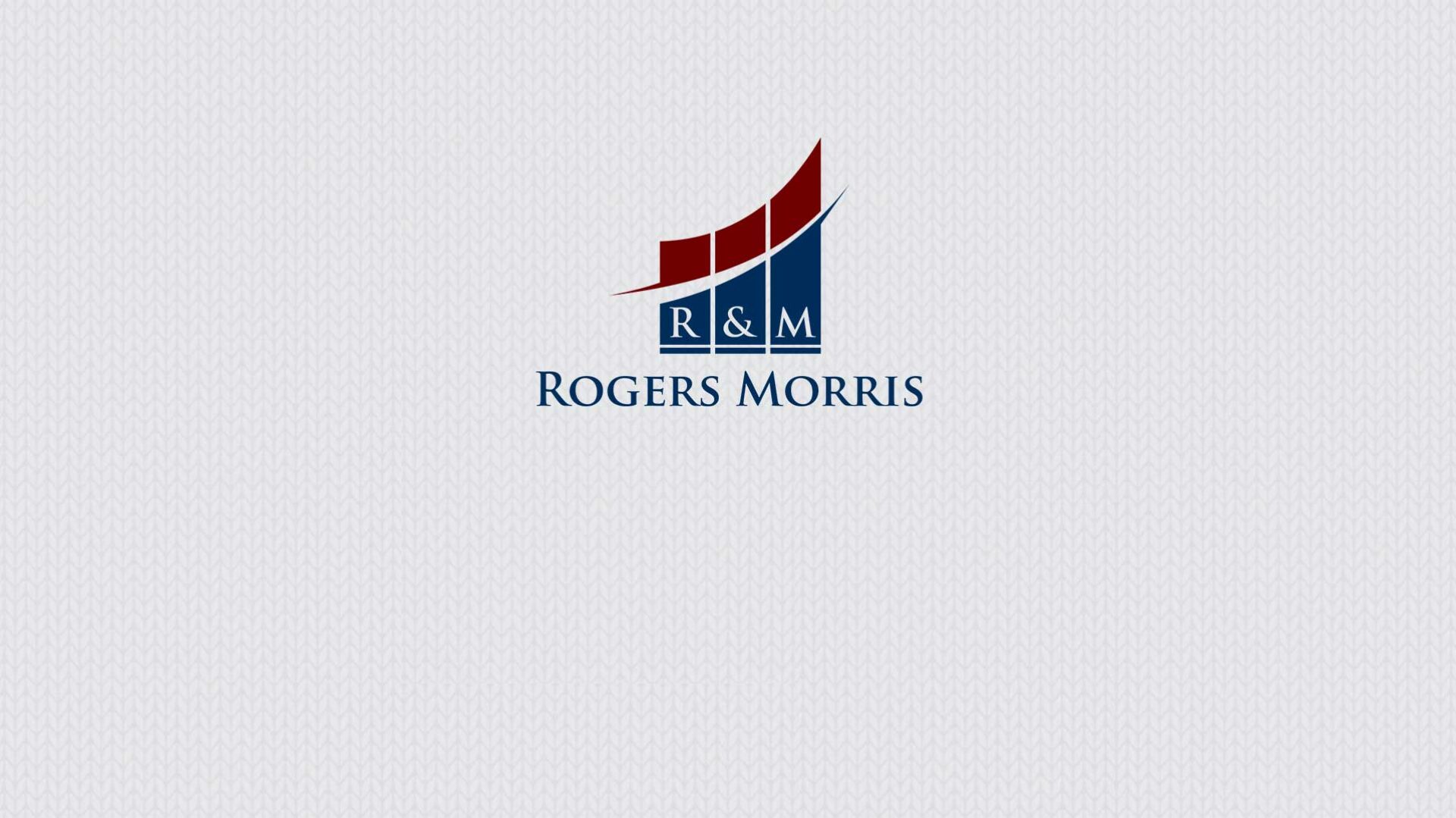It is likely that you could benefit enormously by your company improving its hiring practices.
A review of your company’s workforce would probably reveal some outstanding performers (those who would be sorely missed), some mediocre performers (those who you would be ambivalent to keeping or losing) and some sub-standard performers (those who you would prefer to replace). If you aggregated the salaries of the sub-standard employees and multiplied that amount by the cost of retrenching and replacing an average employee, you’ll probably find that the total cost of replacing sub-standard employees is enormous. And that excludes the opportunity cost your business has suffered and will continue to suffer until you don’t replace them. You would probably also benefit enormously if your business could increase its proportion of high achievers. At least do a ‘back-of-envelope’ calculation to estimate the business value that would be created per an additional 10% of your workforce falling into the high-achieving category.
The challenge for you and your leadership team is to find a cost-effective way to improve your company’s hiring success. Your company needs to recruit people who it is confident will outperform in the role, will fit in and will adhere to your company’s values. That is easier said than done.
The traditional recruitment process and assessments have their shortcomings, some of which are:
- HR and recruitment agents are unlikely to have an in-depth knowledge of the role, which knowledge is fundamental to recruiting the right candidate. One for example needs an in-depth knowledge to distinguish between those who ‘talk a big game’ and those who ‘play a big game’.
- Psychometric tests can be manipulated (especially by those who you would want the tests to weed-out) and may unwittingly (through strict adherence to assessment criteria) exclude ideal candidates.
- A candidate’s formal education does not reflect the extent of his / her knowledge of the subject matter, even if the person’s grades were exemplary. That knowledge could be outdated and a candidate with no formal relevant education may, through extensive reading and research, have acquired significantly more knowledge.
- A candidate’s current and past employment, who he / she worked for and for how long, is not a reliable way of determining the extent of the candidate’s ability to do the job. The work experience may suggest that the candidate was a decision-maker, when they were only following instructions.
- The referees provided by candidates are unreliable sources of information on the candidate’s capability, personality and character. Candidates will, for example, not list referees they suspect may provide information unfavourable to the candidate.
- The candidate’s current boss is also an unreliable source of information – because the boss may be keen to replace the candidate with someone more capable or less problematic.
As mentioned earlier, recruiting the best people is easier said than done. How do you for example know how good the candidate is at his / her job, and how do you find out whether the candidate will fit in and will adhere to your company’s values? You could for example get HR or AI to compile lists of questions, but they are unlikely to be reliable. The candidate will probably give the interviewer the answer they think will increase their prospects of being offered the job. And even if the candidate gives a truthful answer, that answer may be different to how the candidate will act in a real situation. What people say they will do, is often very different to what they actually do.
While the exercise of improving recruitment assessments and processes can be onerous, the benefits of ‘getting it right’ invariably significantly outweigh the costs and hassle involved. The back-of-envelope calculation suggested above would probably have confirmed this statement.
R&M’s advisory business helps business owners increase the value of their businesses. This includes helping them make better hiring decisions. If that might be of interest to you, further information on what R&M does, how and why is set out under R&M Advisory. – https://www.rogersmorris.com.au/rm-advisory/
